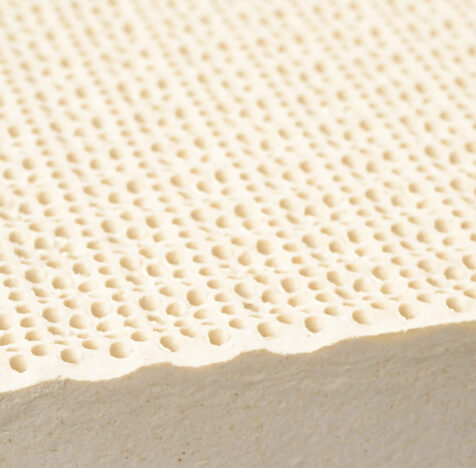Ceramics

More than Dishes and Plates
Ceramics are a class of inorganic materials that are made by heating and then cooling clay or mineral compounds. Traditional pottery—vases, vessels, and figurines made of earthen materials such as clay—is the earliest form of ceramics and one of the oldest human technologies.
Ceramics are typically hard, resistant to corrosion and high temperatures. Bricks, tiles, and glass are all examples of ceramics. Modern, advanced ceramics are formed by specialized manufacturing processes such as chemical synthesis and are used in electronics, including lasers and solar cells, fiber optics, batteries, and sporting goods such as skis and tennis rackets.
Ceramics is One of Humankind's Oldest Industries.
Ceramics Research at DMSE
There’s a wide range of applications for ceramics in materials science and engineering. At DMSE, researchers are developing ceramics with specific electrical properties for electronic devices such as sensors or capacitors in circuits. They’re also developing ceramics for use as energy materials. Because they are hard, stiff materials with high melting points, they are good candidates for components that operate in high-temperature environments like gas turbines or fuel cells. Researchers are also exploring ceramics as structural materials, or materials studied for their mechanical properties. Applications include aircraft components and biomedical implants.
Related Research Types
Related Faculty and Researchers
Key Publications
Low-hysteresis shape-memory ceramics designed by multimode modeling
Created a category of shape-memory materials from ceramics that can operate at higher temperatures without sustaining much damage.
Making BaZrS3 chalcogenide perovskite thin films by molecular beam epitaxy
Created high-quality thin films of a new family of semiconductors: chalcogenide perovskites. The films comprise barium, zirconium, and sulfur in a particular structure called perovskite. We used a technique called molecular beam epitaxy to give atomic-level control over crystal growth while producing the films.























